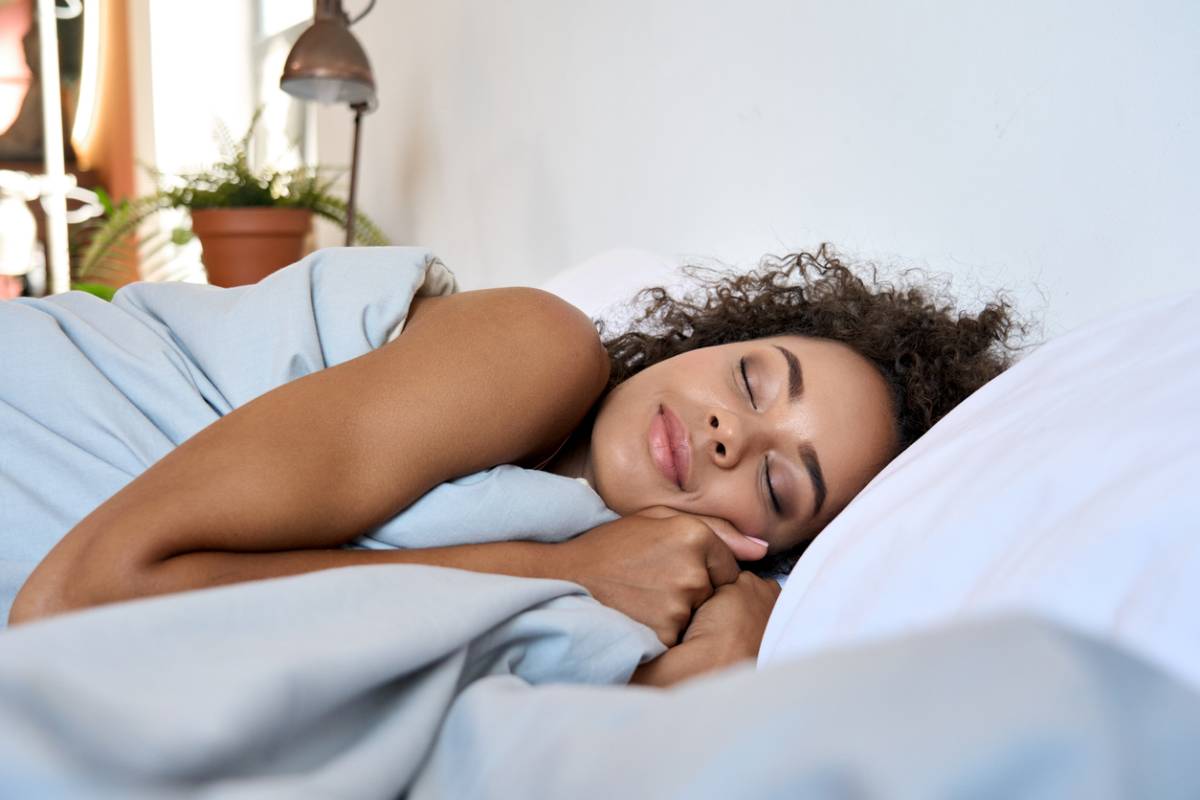Eyelid surgery is an effective cosmetic procedure that can restore the look of your eyes. Due to the natural aging process and certain lifestyle factors, your eyes can suffer. They often wrinkle much faster and can make you look tired and grumpy. Eyelid surgery can restore your youthful look and confidence. If you have decided to get eyelid surgery it’s important to focus on your recovery. Below you will find helpful tips for getting sleep after eyelid surgery.
Getting Sleep After Eyelid Surgery
For those who have scheduled their eyelid surgery, it’s important to consider your time post-surgery. Consider the following tips so you can have a smooth and swift recovery.
Sleep Position:
Getting sleep post-surgery is important. In fact, sleep can help you heal faster and ensure the best results. Your body and cells repair themselves during sleep so it’s important for optimal healing. Because your eye area is sensitive just after surgery, it’s important to sleep on your back and stay elevated. Use pillows to stay elevated to at least a 45-degree angle. If you are not already a back sleeper, practice sleeping on your back in advance (at least one month) due to the major importance of doing so during your recovery.
Head Above Heart:
Sleeping at an angle can be foreign. Just like sleeping on your back, it’s important to practice sleeping elevated as well to ensure optimal healing after surgery. Keep your head above your heart at all times for at least the first month after your eyelid surgery. You can use multiple pillows or get a wedge pillow for the recovery period. Some people even opt to sleep in their recliner for the first week or so until they get used to sleeping at an incline.
Preventing Movement During Sleep:
If you have struggled before your surgery to sleep on your back at an incline, take preventative measures to ensure you don’t move while sleeping. If you struggle with transitioning from your back to your side or stomach, place pillows around you to stop you from rolling over. Preventing movement while you sleep is a really important component of the healing process so plan accordingly before the day of your eyelid surgery.
The Importance of Your Sleep Position After Eyelid Surgery
Sleeping on your back and elevated after eyelid surgery is one of the most important parts of your recovery period. The skin around your eyes is very delicate after eyelid surgery so any friction caused by sleeping on your side or stomach can damage the skin and impact your results. It can also cause more swelling, damage to any sutures, and even bleeding.
Lower Eyelid Surgery Recovery Process
The recovery process for lower eyelid surgery in the Inland Empire is much faster than other cosmetic surgeries. In fact, most patients are back to their normal daily routine within two weeks. Common symptoms post-surgery include swelling, itchy or dry eyes, and some bruising. These should subside within the first couple of weeks.
Medication can be used to help minimize any pain or discomfort after the surgery. As discussed, it is vital to get enough rest during the initial few weeks as you recover. In addition, avoid activities such as swimming, strenuous exercise, and sun exposure.
Lower Eyelid Surgery
Lower eyelid surgery can improve your appearance and increase your self-confidence. It is an effective procedure for anyone who suffers with bags, dark circles, excess skin, wrinkles, and chronic puffiness around their eyes. If you are interested in upper or lower blepharoplasty in the Inland Empire, contact the team at Infocus Ophthalmic Plastic Surgery to schedule a consultation.


